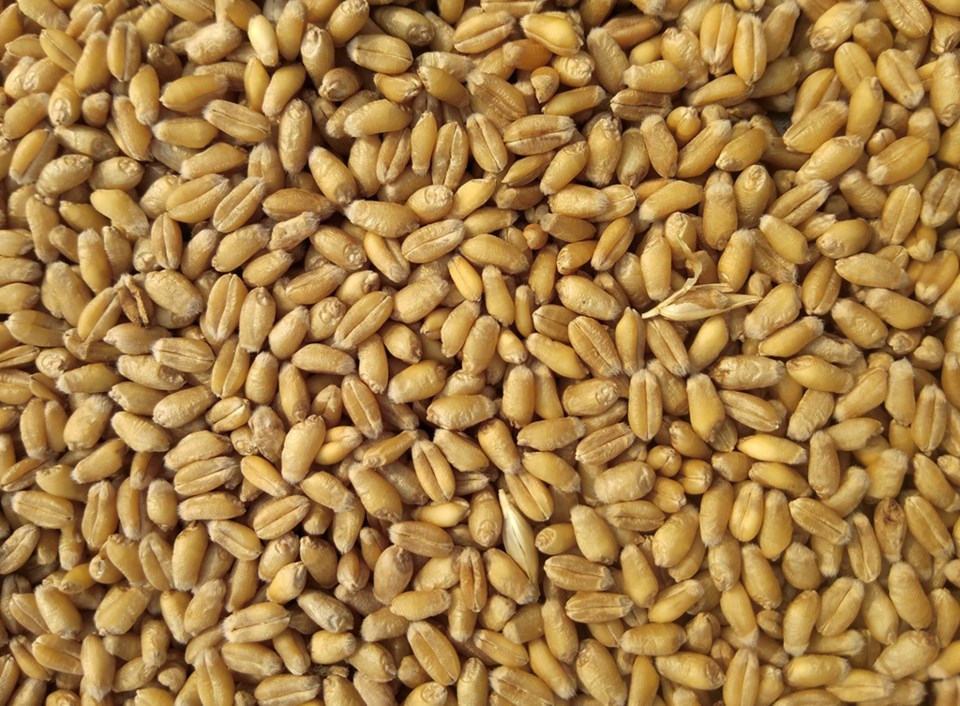SASKATOON — The 2024-25 wheat market outlook hinges on one key question.
“The bottom line is, it comes back to Russia. Are they going to be able to have a big enough crop again this year to dominate world exports and hold prices down, or not?” DTN lead analyst Todd Hultman said during a recent webinar.
“That’s going to be the key.”
The answer depends on the upcoming weather, but there have been early indications that Russia’s crop is in trouble.
SovEcon, a leading Black Sea agricultural market research firm, recently dropped its Russian wheat forecast by 3.4 million tonnes to 89.6 million tonnes.
“After a favourable winter, Russia was poised for another large wheat harvest,” SovEcon head Andrey Sizov said in an email update.
“However, the past two months have seen a significant downturn in weather conditions, including abnormal warmth, drought and recent frosts.”
Russia harvested 92.8 million tonnes last year, while the five-year average is 86.7 million tonnes.
“The primary reason for the forecast reduction is the persistent dry conditions in southern Russia, which has received only 20 to 40 per cent of its typical rainfall in recent months,” Sizov stated.
Rain is in the forecast for that region, but it is unlikely to significantly reverse the deficit.
“小蓝视频ern Russia is responsible for approximately 40 per cent of the nation’s total wheat production,” he said.
His production forecast includes the effects of the frosts that occurred April 30 and May 1 in the central and southern regions, where temperatures dipped as low as -5 C.
“These conditions were especially harmful to already vulnerable wheat crops in the south due to earlier droughts,” said Sizov.
But it does not include the subsequent frosts that happened May 9-10, so further downward revisions are possible.
MarketsFarm analyst Bruce Burnett said the most recent frosts appear to be serious.
“We’re seeing a response in the wheat markets to this,” he said.
The July futures contract in Minneapolis closed at US$7.20 per bushel on May 10, up from $6.40 a few weeks ago.
He thinks some winter wheat fields in Russia’s black soil zone may need to be replanted to other crops. Spring wheat could be an option, but that comes with a yield penalty.
MarketsFarm is forecasting 87 million tonnes of Russian production.
Hultman said the USDA blindsided the trade with its latest WASDE forecast calling for 1.86 billion bushels of U.S. wheat production, a modest 2.5 per cent increase over last year.
“It’s maybe a little bit surprising to me that we’re not expecting a whole lot more production out of this year’s wheat crop,” he said.
The U.S. hard red winter wheat crop is in much better shape than it was this time last year.
However, the USDA’s forecast for soft red winter wheat came in well below trade expectations.
The USDA is forecasting 766 million bushels of U.S. wheat ending stocks in 2024-25, up from 688 million bu. this year.
But global ending stocks (excluding China) are forecast at 4.45 billion bu.
“We’re looking at the lowest total in 17 years,” said Hultman.
However, he noted that ending stocks this year will be the lowest in 15 years, and that hasn’t seemed to help prices at all.
Again, it all comes back to Russia, which has swamped the export market with product in 2023-24.
If Russia has a short crop in 2024-25, it will greatly help exporters in other regions of the world.
New crop wheat sales in the United States are already much higher than they were at the same time last year.
Outstanding wheat sales for the next marketing year totalled 2.96 million tonnes as of May 2, according to the USDA.
That is up 82 percent over the same time last year.
“Buyers are beginning to take advantage of lower prices and securing early shipments for 2024-25,” U.S. Wheat Associates said in a recent blog.
Hard red spring wheat sales are leading the way at 984,100 tonnes, a 121 per cent increase.
Sales of new crop hard red winter wheat came in at 670,300 tonnes, a 139 per cent improvement.
There are 70,000 tonnes of new crop durum on the books, a 90 per cent hike.
However, Burnett noted that 2023-24 was an exceptionally bad year for U.S. sales.
The country has shipped out 17.07 million tonnes of the commodity with about one month left in the crop year.
That is going to fall well short of the USDA’s initial forecast of 19.73 million tonnes.
Burnett said the strong early-season new crop sales are an indication that exporters are more comfortable with supplies.
The USDA is forecasting 705 million bu. of hard red winter wheat production, up from 601 million bushels last year.
That doesn’t bode well for Canada’s growers.
“That will have an impact on spring wheat because we will be competing against them on some International markets,” he said.




